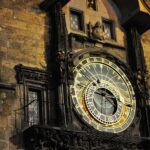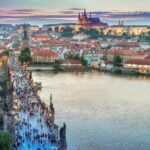High above the Vltava River, Prague Castle commands the skyline with centuries of royal intrigue and architectural splendor. Founded in the 9th century, this vast complex—courtyards, palaces, gardens, and churches—has served as the seat of Bohemian kings, Holy Roman emperors, and today’s Czech president.
Exploring the Prague Castle Grounds
The main entrance leads to Hradčany Square, where ceremonial guards stand watch. Wander through the Old Royal Palace, once home to medieval rulers, and step into Golden Lane, a tiny street of colorful 16th-century houses once occupied by castle marksmen and later artisans. Don’t miss the Story of Prague Castle exhibition for a concise history.
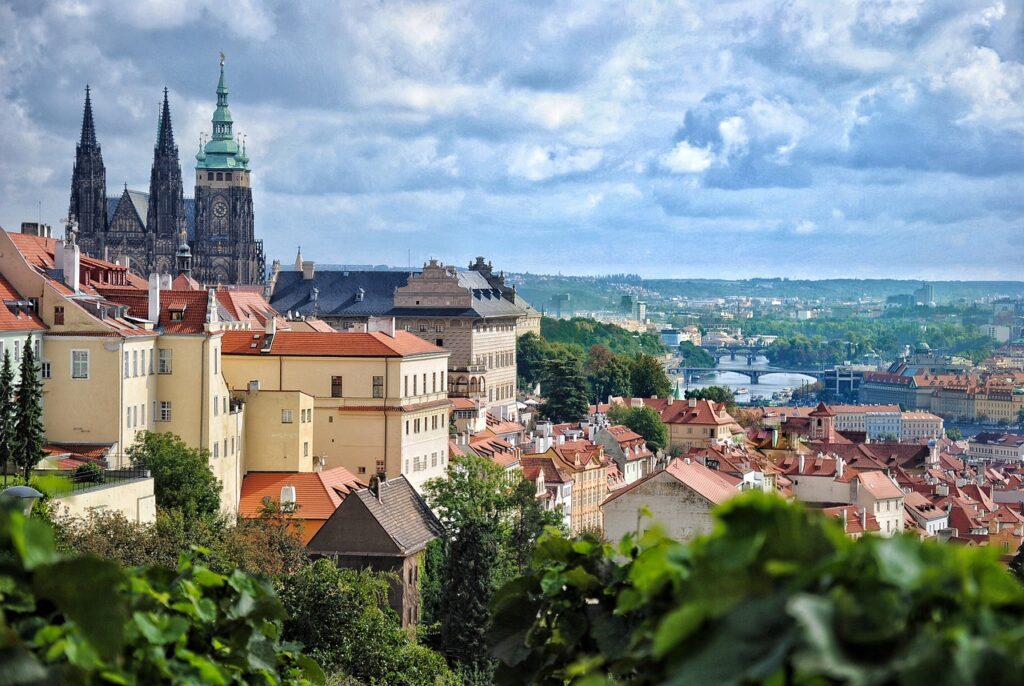

St. Vitus Cathedral: Gothic Masterpiece
At the heart of the complex rises St. Vitus Cathedral, a soaring Gothic landmark whose intricate façade and twin spires can be seen across the city. Inside, sunlight filters through brilliant stained-glass windows, including Art Nouveau designs by Alfons Mucha. Highlights include:
- The Great South Tower, offering panoramic views after a 287-step climb.
- The Chapel of St. Wenceslas, shimmering with semi-precious stones and the tomb of the Czech patron saint.
- The resting place of Bohemian kings and Holy Roman emperors.
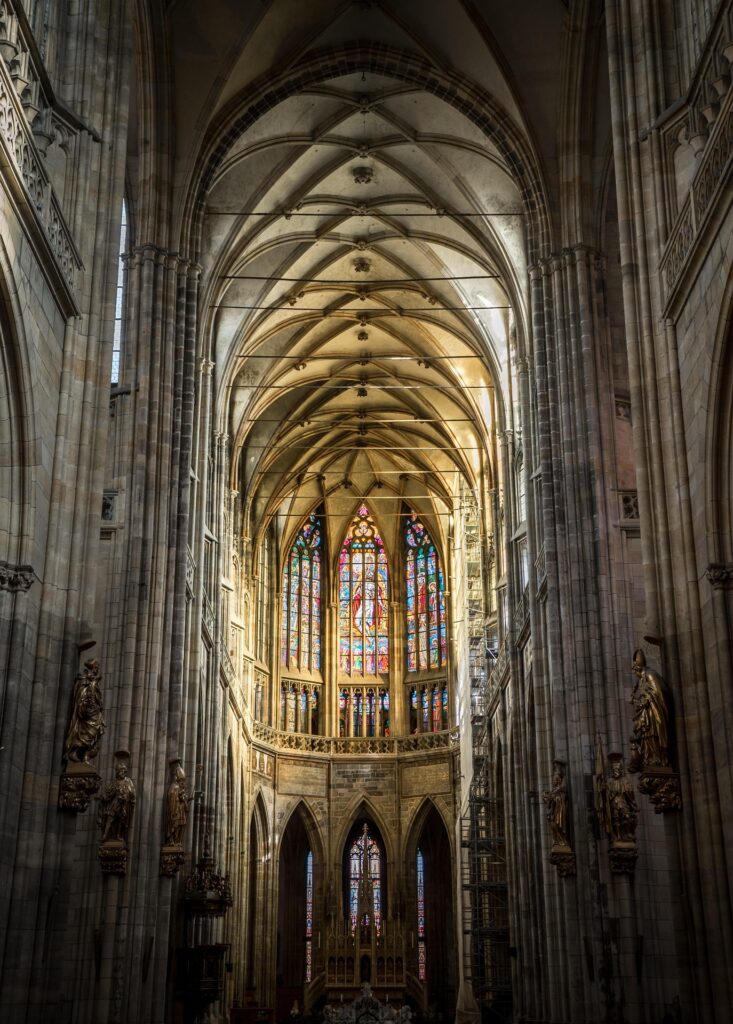
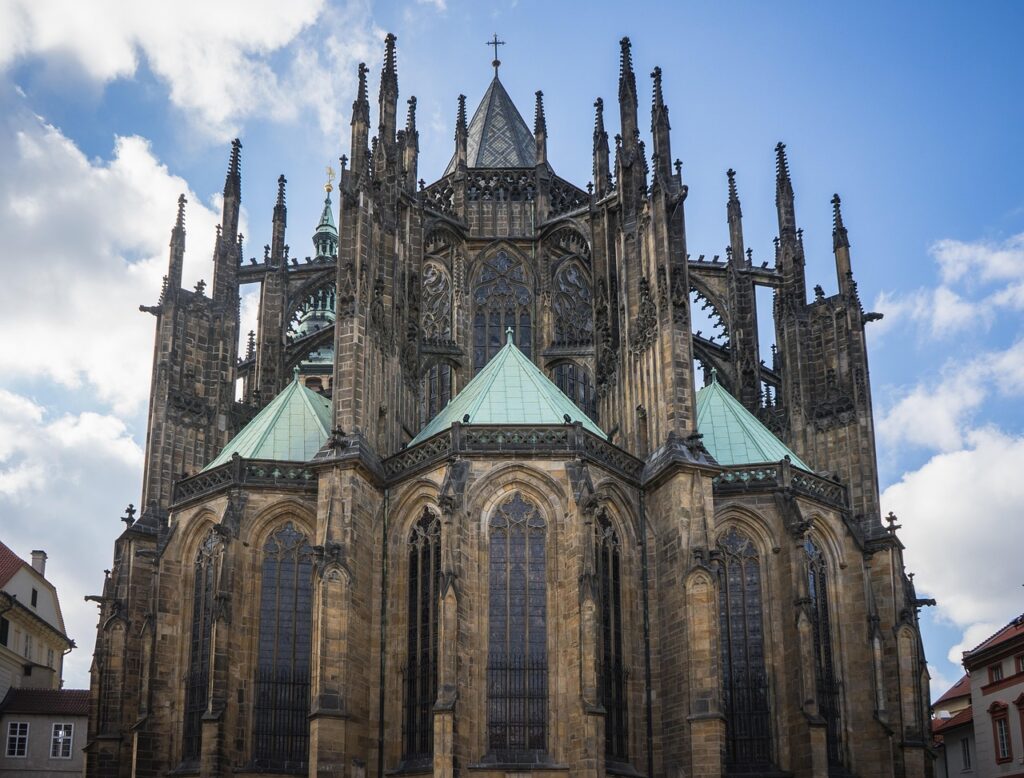
Tips for Visitors
Arrive early morning or late afternoon to enjoy the castle and cathedral with fewer crowds.
Several ticket types cover different areas; the Circuit B pass is the most convenient for first-time visitors.
Yes—audio guides or official walking tours add rich context to the castle’s thousand-year history.
Tripods aren’t allowed inside St. Vitus Cathedral. Handheld cameras are fine, but skip the flash.
Getting to the Prague Castle
Take tram 22 to Pražský hrad or Pohořelec stops and enjoy a short walk through picturesque lanes. Comfortable shoes are essential—the grounds are extensive and mostly cobblestoned.
Why It Matters
Prague Castle and St. Vitus Cathedral embody a thousand years of Czech culture, politics, and artistry. From royal coronations to modern presidential ceremonies, they remain the symbolic heart of the nation and an unmissable stop for every traveler.

